This past week GreenBlue’s Forest Products Working Group, and the American Forest Foundation (AFF) hosted a successful, first-of-its kind summit, Woodland Owner and Brand Owner: Opening a Dialogue about Sustainable Forestrythat brought together a diverse set of America’s family forest owners and several well-known marketplace brands, including Mars, Incorporated; McDonald’s USA; Time, Inc; McMillian Publishing; and Staples. The event truly achieved its goal, and opened up dialogue between the two groups about their respective values and challenges relative to sustainable forest management and how they might work together to meet their goals.
 Family landowners make up the largest ownership group in the United States, collectively owning more than one-third of forests in the country, more than the federal government or corporations. These forest lands belong to 22 million individuals, whom all have unique motivations and reasons for owning land. These family lands are a key source for wood fiber that flows into supply chains that later become coffee cups, paper, candy packaging, and much more. Nationally, the US Forest Service (USFS) estimates 47 percent of all timber removed from forests in the US comes from family lands. In the South, specifically, 51 percent of wood removed from forests and supplying companies comes from family-owned land.
Family landowners make up the largest ownership group in the United States, collectively owning more than one-third of forests in the country, more than the federal government or corporations. These forest lands belong to 22 million individuals, whom all have unique motivations and reasons for owning land. These family lands are a key source for wood fiber that flows into supply chains that later become coffee cups, paper, candy packaging, and much more. Nationally, the US Forest Service (USFS) estimates 47 percent of all timber removed from forests in the US comes from family lands. In the South, specifically, 51 percent of wood removed from forests and supplying companies comes from family-owned land.
The Forest Products Working Group, last fall, initiated a partnership with AFF, the leading conservation nonprofit in ensuring we have sustainable wood supplies, clean water, and wildlife habitat come from family-owned woodlands. The partnership focuses its work in promoting constructive and transparent dialogue across the forest products supply chain to address shared sustainability challenges and opportunities.
The Summit, which was held in Chattanooga, TN, opened up honest and thoughtful discussions between both ends of the supply chain.
 To kick off the Summit, woodland owners described why they each owned land, noting family legacy, income, and a love of nature. Responding to questions from brand owners, they also described challenges they face such as insects and disease, natural disasters like wildfire and hurricanes, high management and property costs, and declining markets. Concerns about trust, and the future of the land as it is passed on to future generations were voiced as well.
To kick off the Summit, woodland owners described why they each owned land, noting family legacy, income, and a love of nature. Responding to questions from brand owners, they also described challenges they face such as insects and disease, natural disasters like wildfire and hurricanes, high management and property costs, and declining markets. Concerns about trust, and the future of the land as it is passed on to future generations were voiced as well.
“I finally feel like I have a seat at the table,” stated one landowner from Georgia. “I appreciate the opportunity to be a part of this event and to collaborate on how we can work together.”
Brand owners, in return, shared their distinct company goals, with many encompassing common threads.
Reducing their companies’ environmental footprint was very important, as companies want to be able to provide goods and services, without unintended consequences, or social and environmental impacts. Brand owners also shared a desire to have more visibility into their supply chains to better understand where the fiber is coming from, reduce risks and to be more inclusive of family woodland owners in their sustainability planning process. And brand owners described a desire to build trust with their customers and demonstrate the sustainability of their suppliers and the complex network of indirect suppliers that help them source their materials.
“Its important to my company to know that our supply chain is reducing its impact,” said one brand owner. “We loved hearing directly from landowners, very interesting and insightful.”

Emerging from this session were three key themes: building and maintaining trust, ensuring the long term or future of forests and its sustainable fiber supplies and building new markets – all of which were further explored in roundtable discussions.
Trust, brand owners stated, is vital to developing relationships with their customers, who want to know their products come from sustainable sources. “We use certification now as a tool to demonstrate sustainable and create trust, because it’s the only tool we have, but it does not always satisfy our needs,” said one brand owner.
Land owners described how they conversely desire to feel trusted. “We have been doing good management for years, because it’s in our best interest and we want to leave the land better than we found it.”
Both brand owners and land owners spoke about their desire to ensure the future of the forests and the wood supply that comes from it, particularly in the Southeast. One brand owner said, “we get nearly 95% of our wood supply from the Southeast. There’s less risk sourcing from there and it logistically makes sense. We want to help make sure this supply is available in the future.”
“My landhas been in my family for five generations,”stated a landowner from Tennessee. “I have had to deal with some challenges based on what future generations did, so I want to make sure that my children don’t inherit these issues as well.”

Thinking of the future, opportunities for new markets were discussed in detail as well. “What will happen to that resource [forests] if there isn’t demand for it?”stated a brand owner. “A little competition could have a positive impact.” Emerging markets such as biomass and more green building with cross-laminated timber were noted, as well as the need for further research and development around wood fiber.
Building on insights gained at the Summit, in the coming months, GreenBlue’s Forest Products Working Group and AFF plan to continue the discussion, expanding the dialogue with other key partners in the forestry sector to help inform new strategies or the refinement of existing ones to encourage and verify sustainable forest management in the U.S.
This event was made possible through the generosity of our sponsors Staples,McDonald’s and Georgia-Pacific.
 Tell us about your background:
Tell us about your background: 
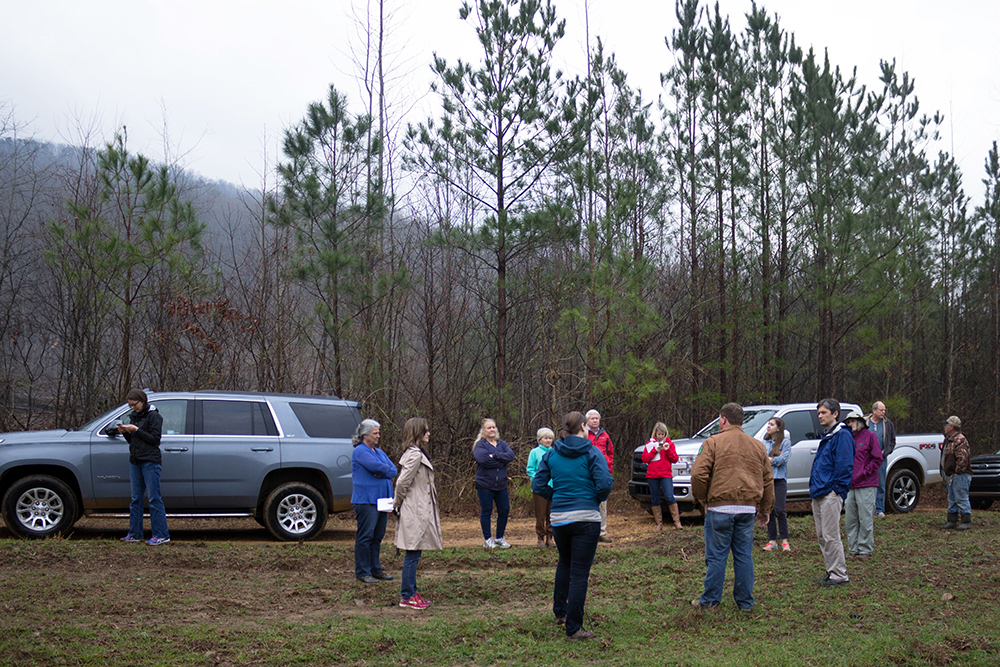

 To kick off the Summit, woodland owners described why they each owned land, noting family legacy, income, and a love of nature. Responding to questions from brand owners, they also described challenges they face such as insects and disease, natural disasters like wildfire and hurricanes, high management and property costs, and declining markets. Concerns about trust, and the future of the land as it is passed on to future generations were voiced as well.
To kick off the Summit, woodland owners described why they each owned land, noting family legacy, income, and a love of nature. Responding to questions from brand owners, they also described challenges they face such as insects and disease, natural disasters like wildfire and hurricanes, high management and property costs, and declining markets. Concerns about trust, and the future of the land as it is passed on to future generations were voiced as well.


 Bio-based plastics, such as bio-PET or bio-PE, have an identical molecular structure to their conventional counterparts, but are derived from plant or vegetable sources such as corn and sugar that can form chains of polymers. The appeal of their use is that plant-based feedstocks for plastics can reduce dependence on conventional petrochemicals. The
Bio-based plastics, such as bio-PET or bio-PE, have an identical molecular structure to their conventional counterparts, but are derived from plant or vegetable sources such as corn and sugar that can form chains of polymers. The appeal of their use is that plant-based feedstocks for plastics can reduce dependence on conventional petrochemicals. The 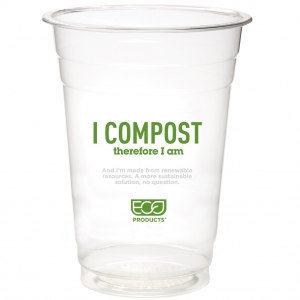 Compostable cold cups, which are a popular option for outdoor events, pose a similar challenge for consumers. They are transparent and have the same feel as conventional plastic, but the markings for “compostable” or “biodegradable” may be hard to identify when they’re on the bottom of the cup or printed in light-colored inks. For on-the-go consumers, a cup that looks and feels like a regular plastic cup may be mistakenly tossed into the trash or recycling. Anyone planning to use compostable or biodegradable cups in lieu of plastic cups should ensure that the cups are clearly distinguishable from regular plastic, that the appropriate compost collection streams are available, and that the customer understands how to dispose of a compostable or biodegradable material. Some compostable plastics are also technically recyclable and recoverable through automated sorting technologies (such as
Compostable cold cups, which are a popular option for outdoor events, pose a similar challenge for consumers. They are transparent and have the same feel as conventional plastic, but the markings for “compostable” or “biodegradable” may be hard to identify when they’re on the bottom of the cup or printed in light-colored inks. For on-the-go consumers, a cup that looks and feels like a regular plastic cup may be mistakenly tossed into the trash or recycling. Anyone planning to use compostable or biodegradable cups in lieu of plastic cups should ensure that the cups are clearly distinguishable from regular plastic, that the appropriate compost collection streams are available, and that the customer understands how to dispose of a compostable or biodegradable material. Some compostable plastics are also technically recyclable and recoverable through automated sorting technologies (such as 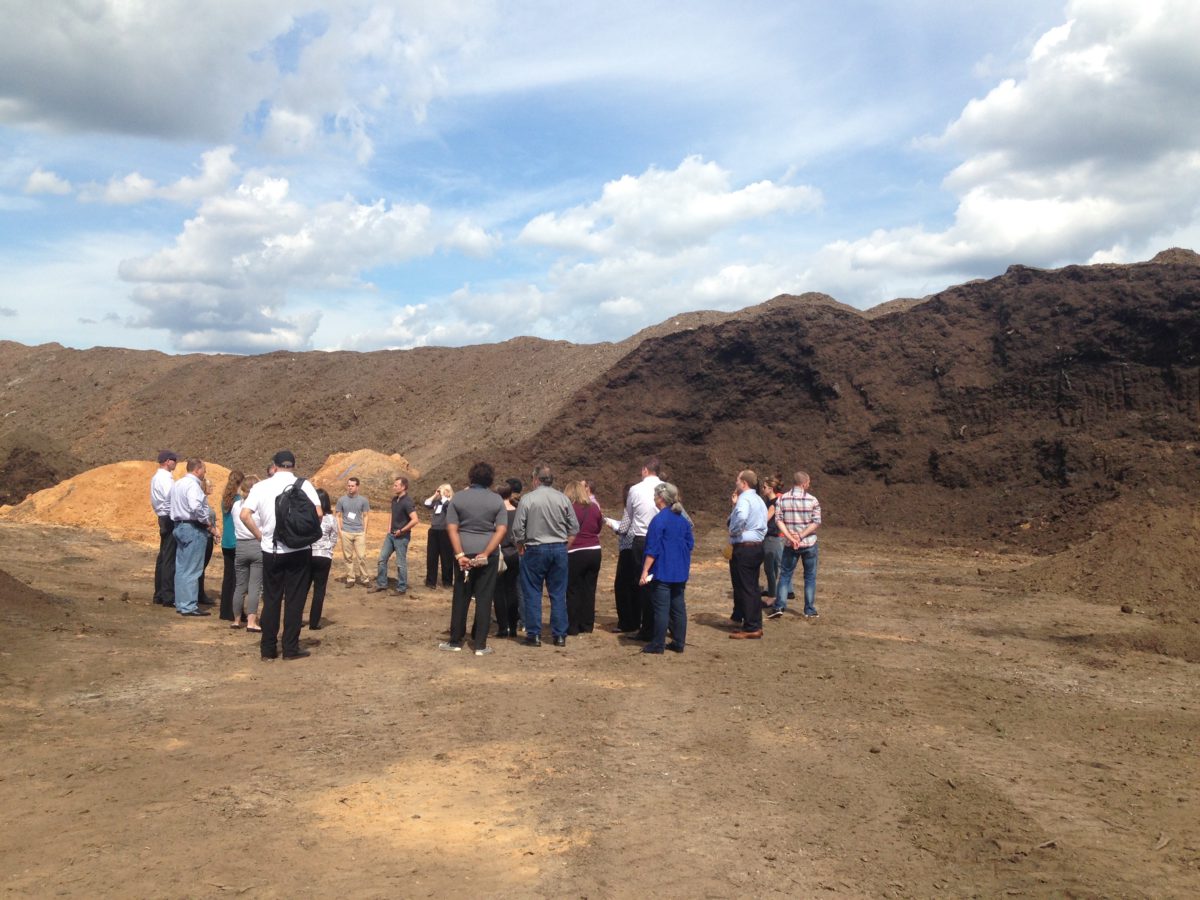
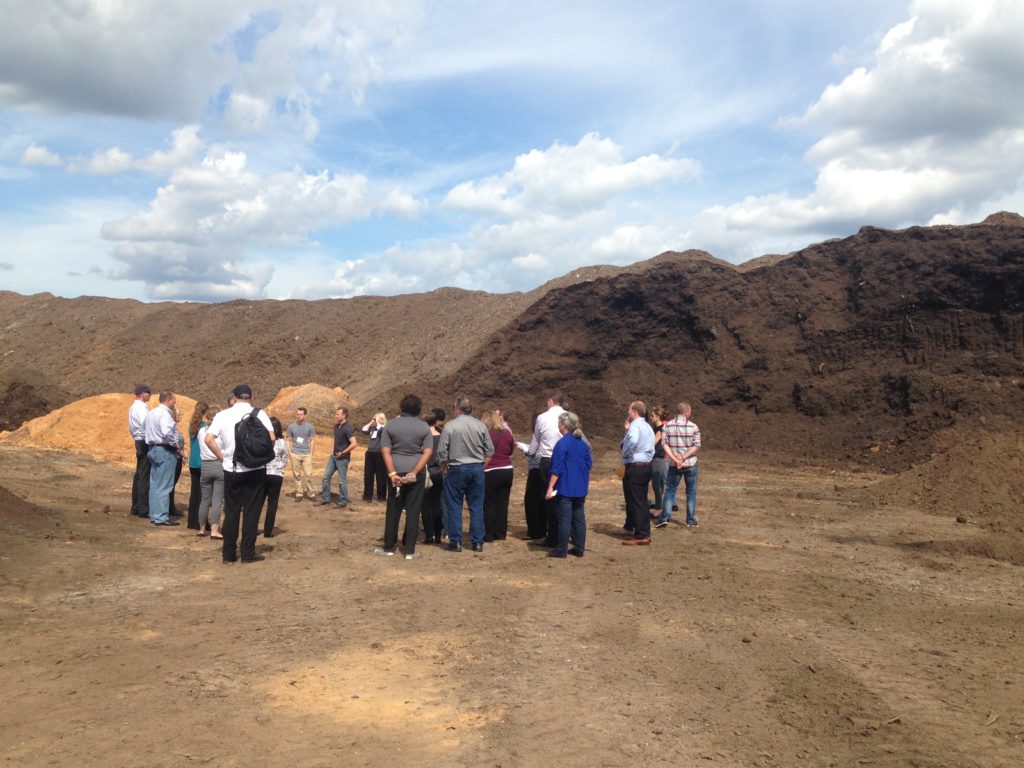
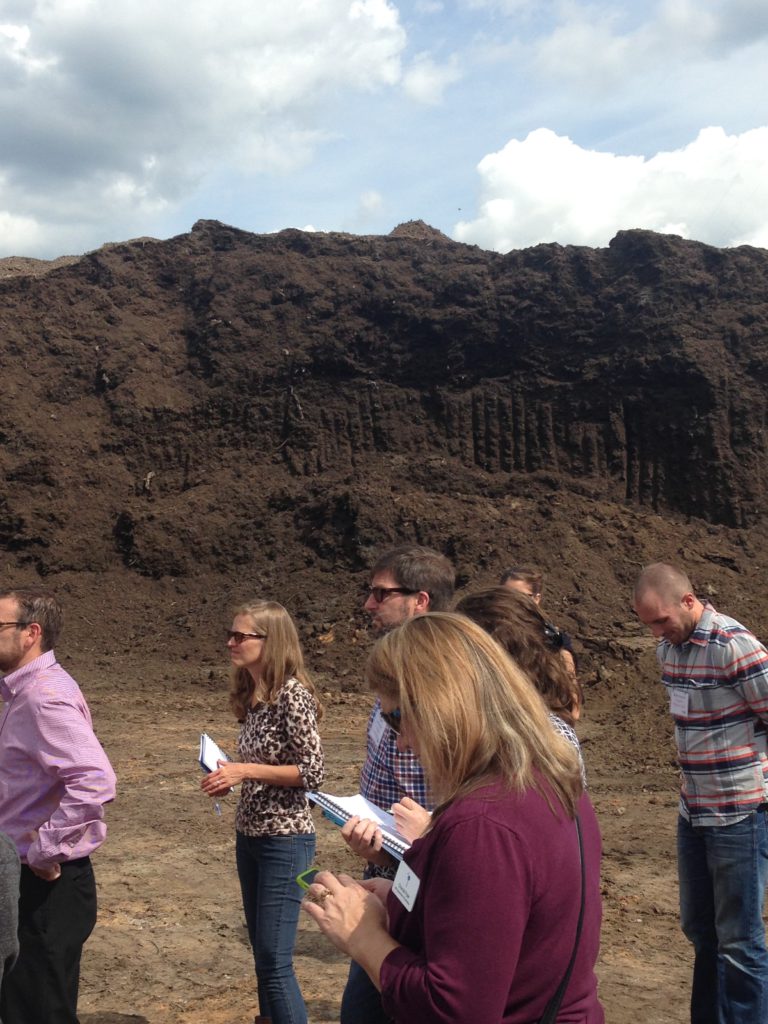
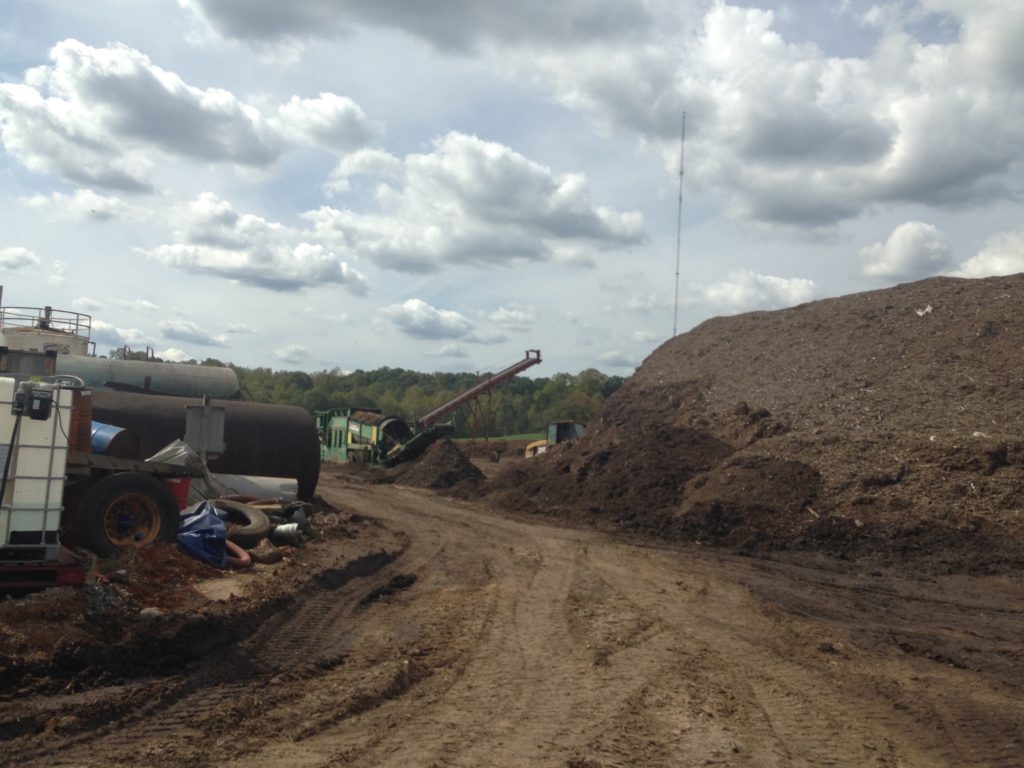
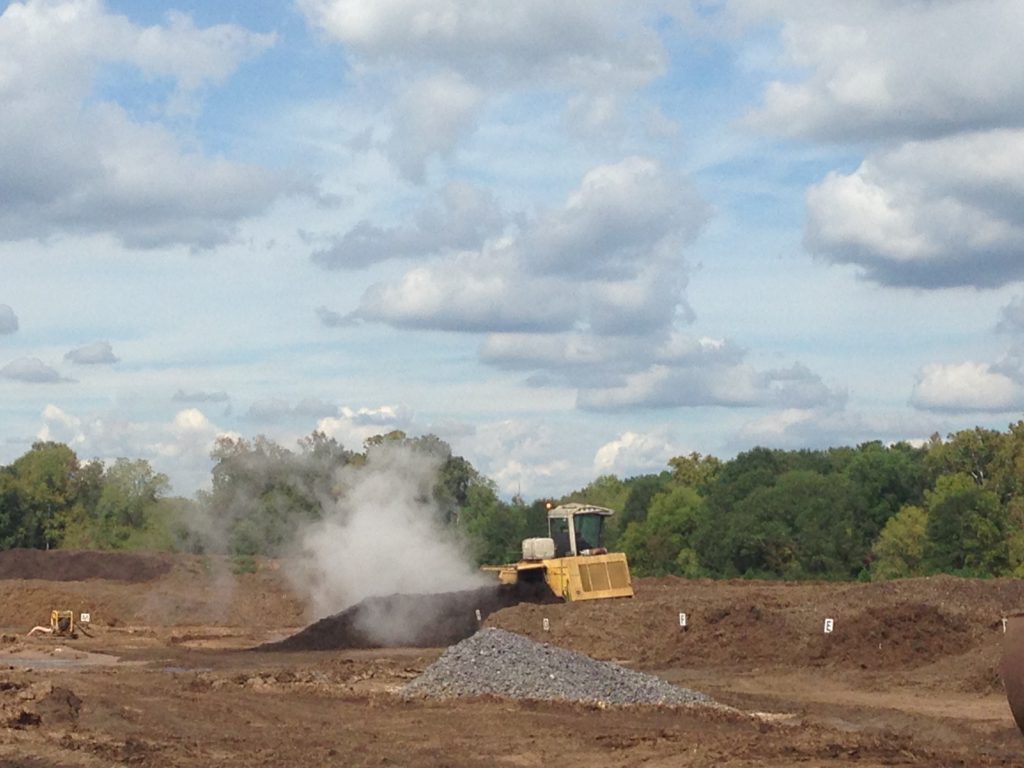
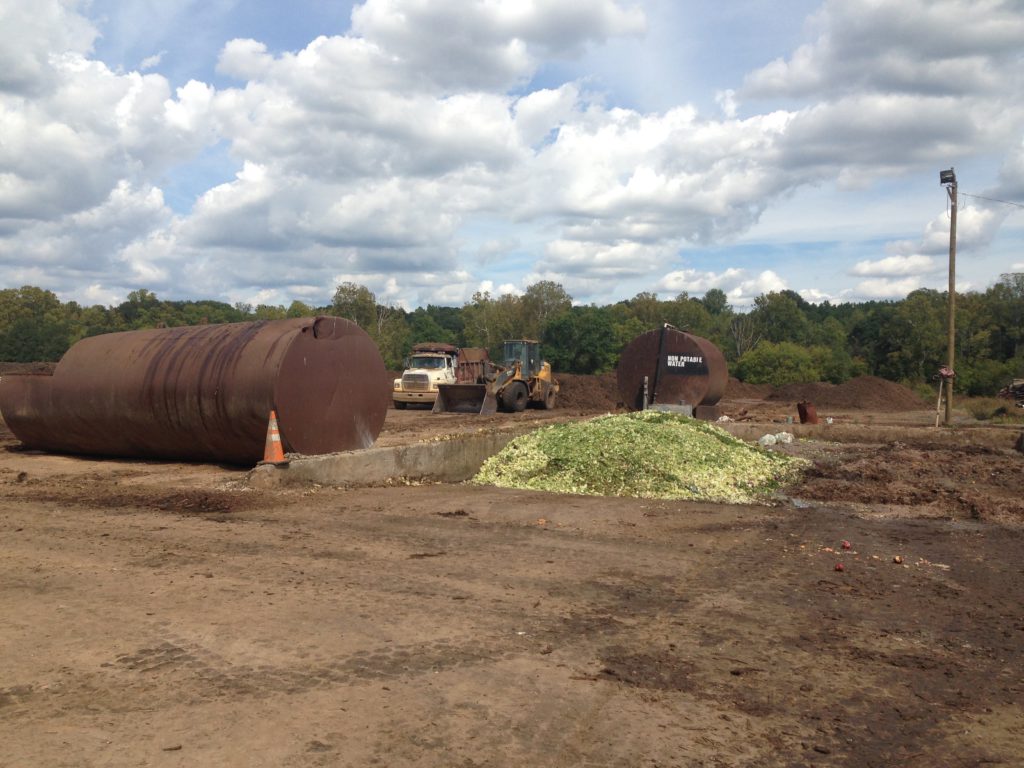
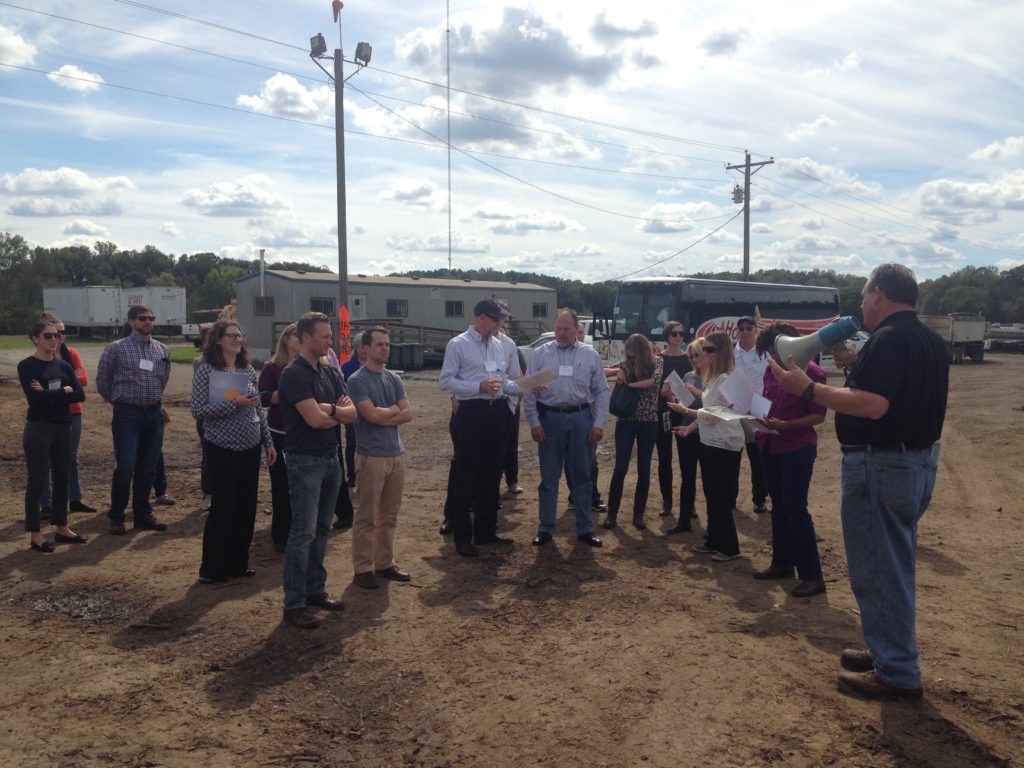
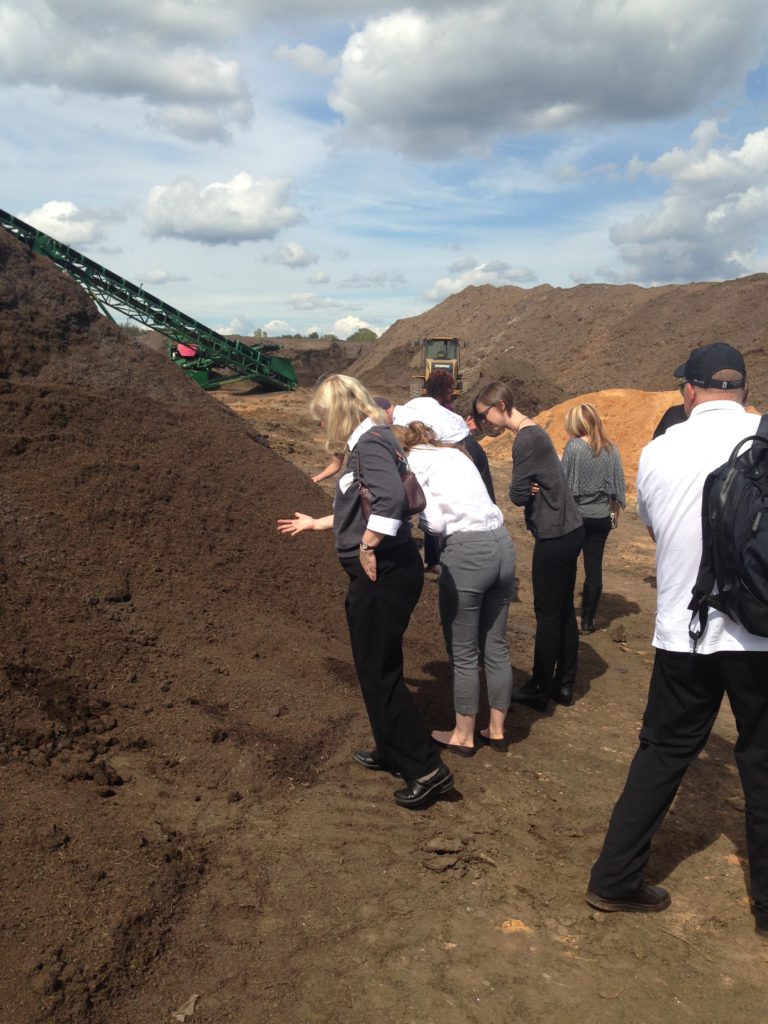
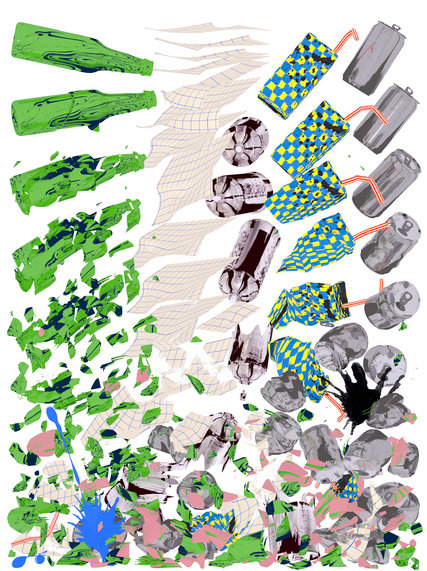


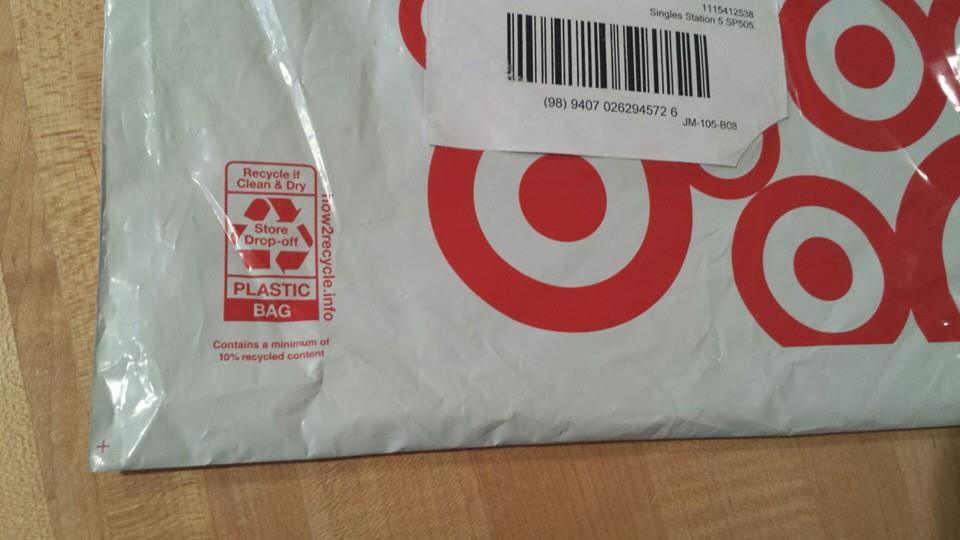

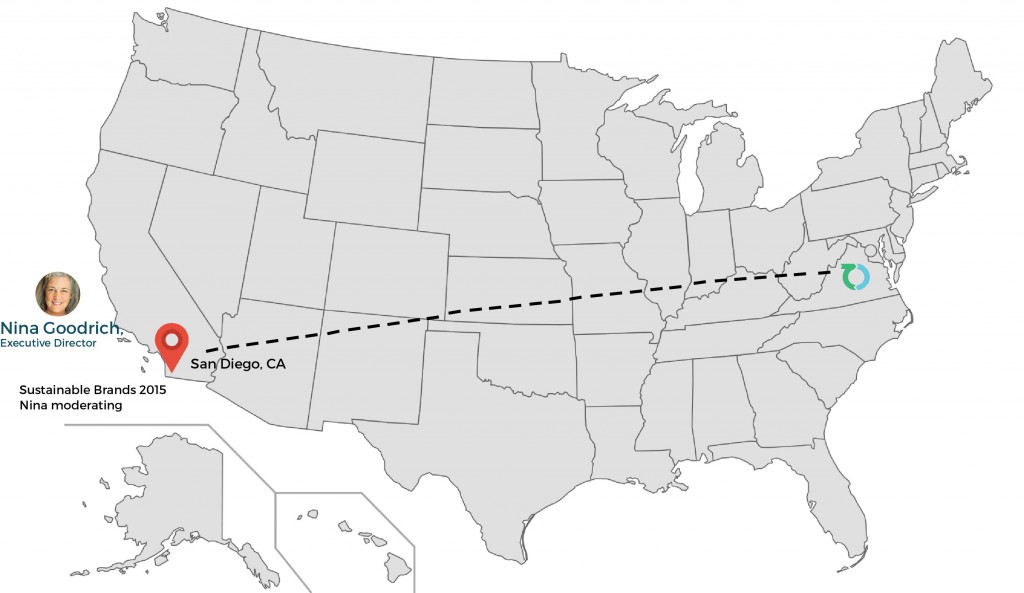
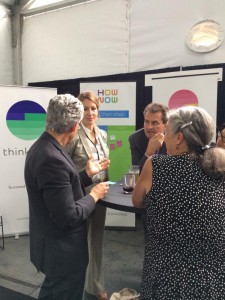







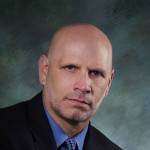
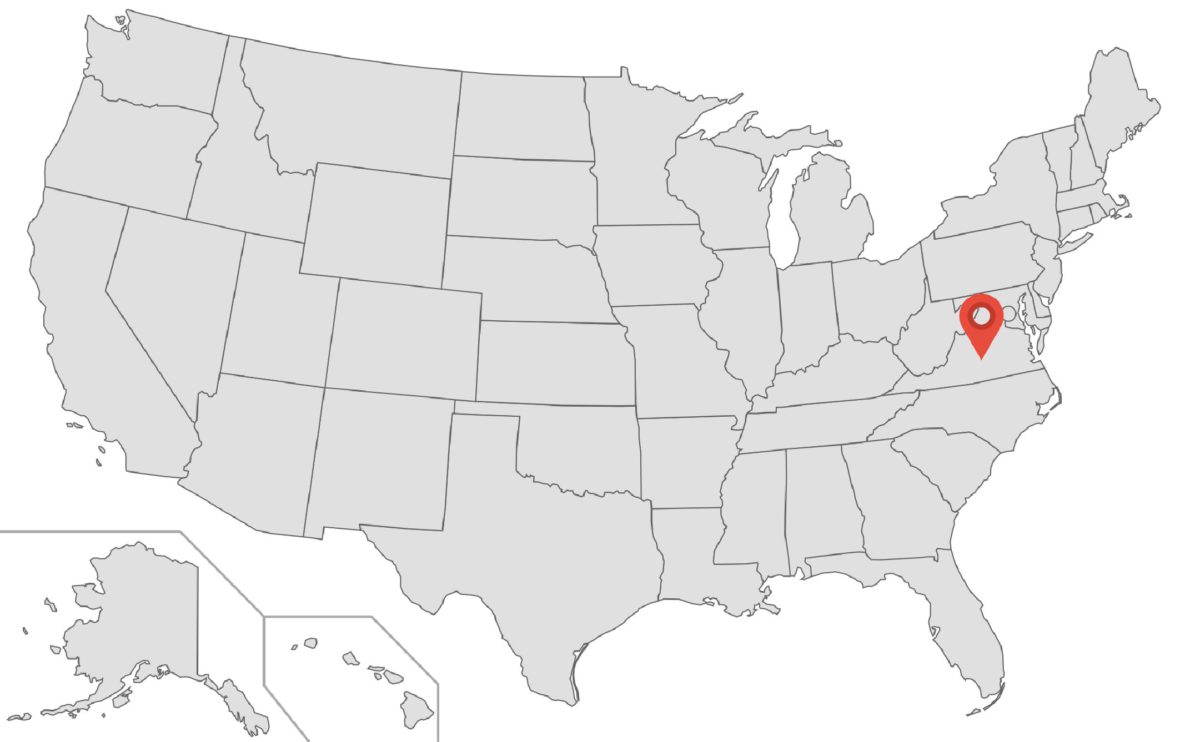
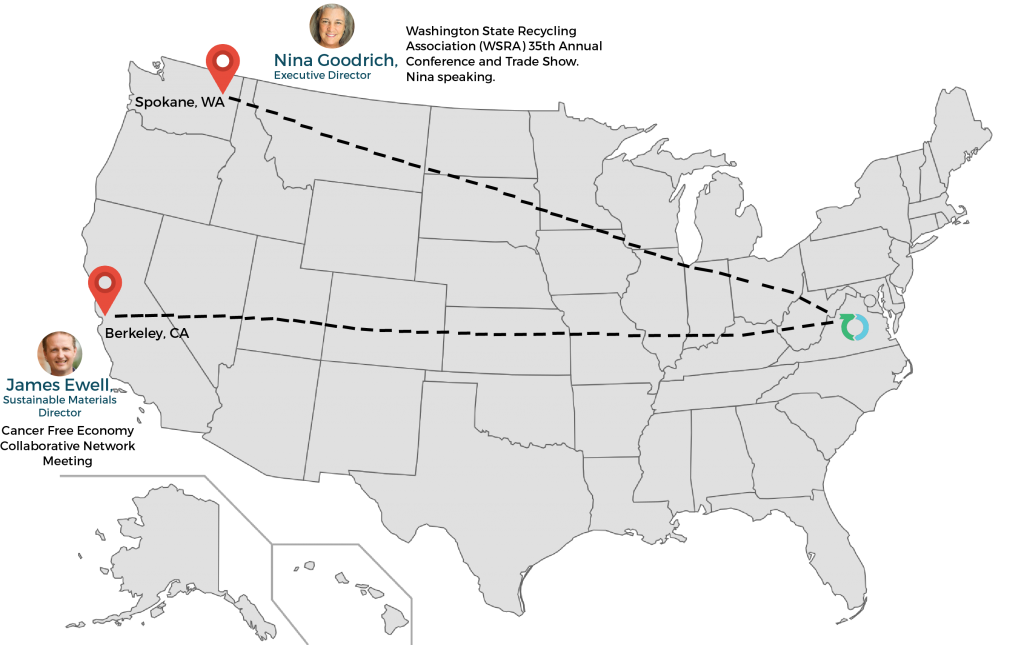

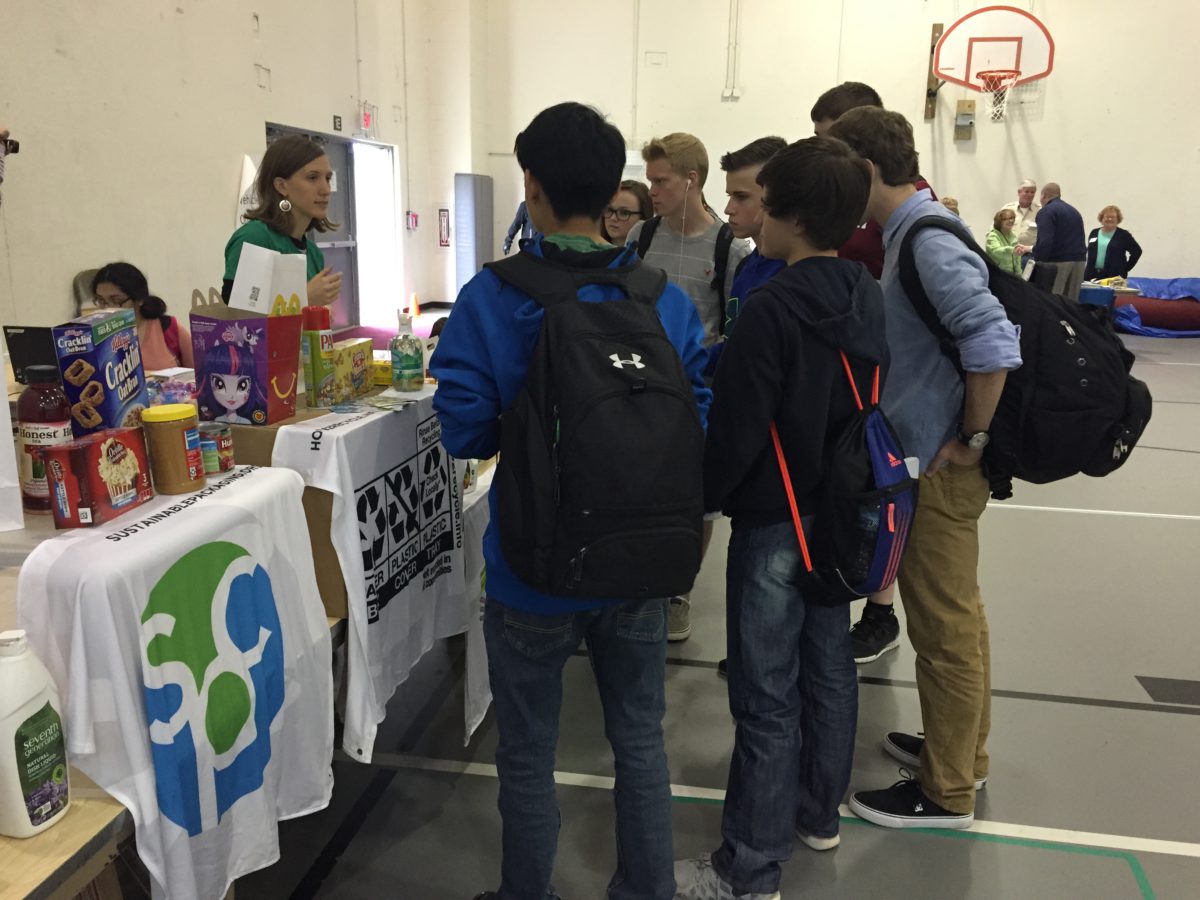
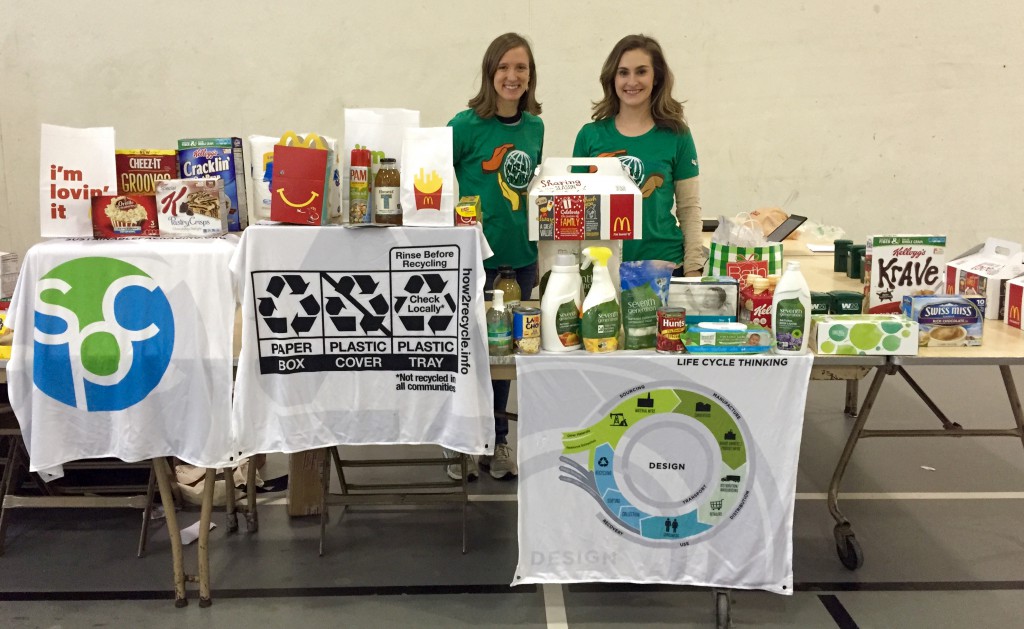
 Thanks also to HAVI Global Solutions for the priority placed on employees getting into communities and helping people. We have a popular annual tradition called the Week of Giving, which encourages employees to take time out of their work day in order to give back to our community. Through this program, we were able to participate in the Earth Day fair. These kind of activities help strengthen social capital, fostering the often-ignored social pillar of sustainability.
Thanks also to HAVI Global Solutions for the priority placed on employees getting into communities and helping people. We have a popular annual tradition called the Week of Giving, which encourages employees to take time out of their work day in order to give back to our community. Through this program, we were able to participate in the Earth Day fair. These kind of activities help strengthen social capital, fostering the often-ignored social pillar of sustainability.
